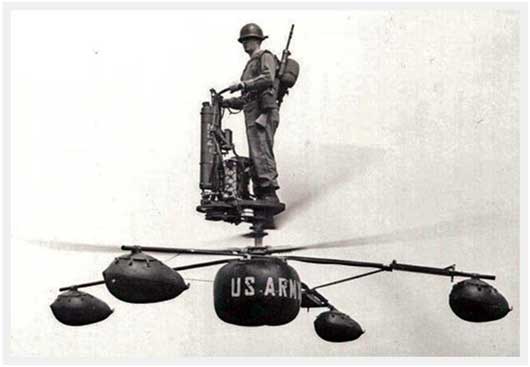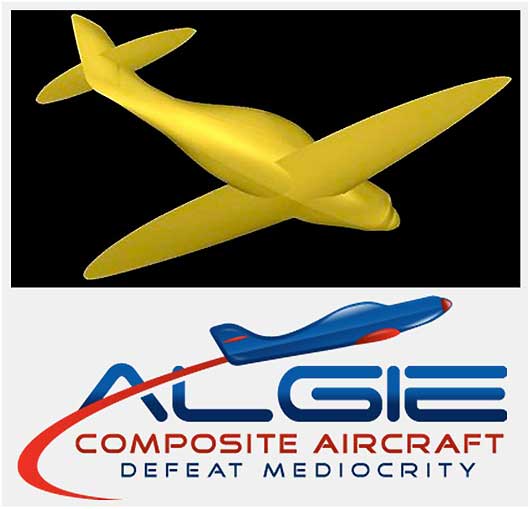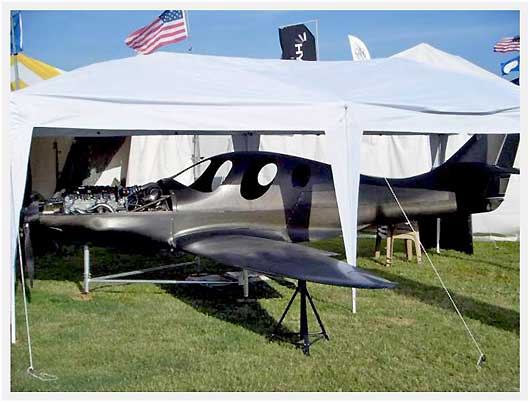Videos: AirPigz Inspired RC YC-14 - What A Great EDF Flyer!
 Monday, December 6, 2010 at 07:39PM
Monday, December 6, 2010 at 07:39PM (3 videos)
I posted a CoolPix of the YC-14 a little while back - mostly cuz I've always thought it was a really awesome airplane. It had a different look, especially with those two big turbofans mounted up high and well forward of the wing... and from everything I can find out about it, it was also a spectacular performer. And then today, I got an email from Will who runs MikeysRC.com saying that he's really been enjoying AirPigz, (pardon me while I give myself a tiny pat on the back) and that he was especially inspired by the YC-14 post. He was so inspired in fact, by the knowledge of this airplane he'd never seen before, that he decided to build an twin EDF (Electric Ducted Fan) RC model of it!
The video above shows what he came up with. It's a very lightweight foam slab 'quick build', all from scratch, but he's done a great job of capturing the visual essence of the YC-14 while still making it really easy to build. If you're in a hurry, skip ahead to about 1:20 for a good view and then the maiden flight launch. This little thing flies extremely well! I haven't flown any electric ducted fans, but I've heard they often don't really perform very well... for whatever reason, they're working great on this little YC-14. The video after the jump explains the second very cool feature of this YC-14. Will has it set up for FPV, or First Person View flying. Yeah, it's like full UAV with onboard live video streaming back to the pilot! This is all so cool : )
 Martt |
Martt |  Post a Comment |
Post a Comment | 



















































































